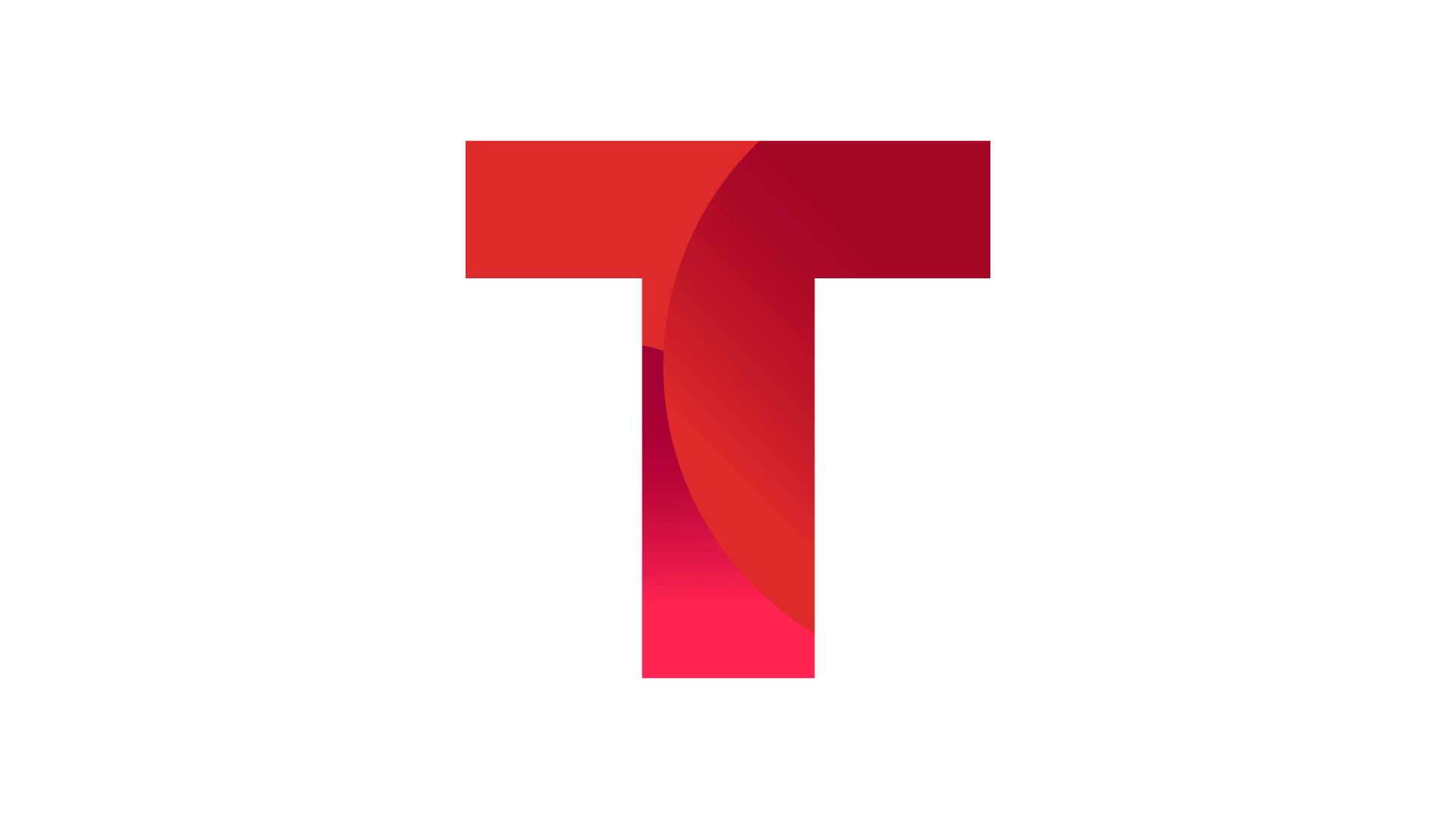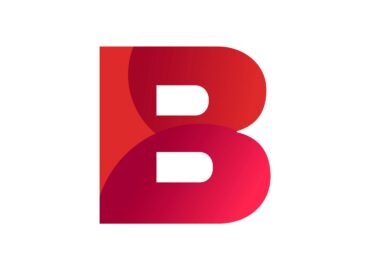T – Glossary
The talent management process consists of identifying skill gaps, training employees, managing performance and retaining employees. It involves the process of creating strategic talent management that is essential for organizations to maintain a competitive advantage and achieve long-term success. By developing and retaining top talent, organizations can improve productivity, build innovation processes and boost overall performance.
An internal system that allows employees to explore career opportunities and apply for roles within an organization.
The process of identifying and developing employees who have the potential to fill key roles within an organization in the future.
The combination of all compensation, benefits, and incentives offered to employees in exchange for their work.
The process of identifying and recruiting candidates with the necessary skills and qualifications for open positions.
The process of attracting, sourcing, recruiting, and selecting candidates to fill job vacancies.
The use of data and analytics to better understand and manage an organization’s talent.
The process of evaluating an individual’s talent, potential, and fit for a specific role or organization.
A comprehensive review of an organization’s current workforce to identify strengths, weaknesses, and areas for improvement.
The process of building and promoting a positive employer brand reputation to attract and retain top talent.
The process of developing employees’ skills, knowledge, and abilities to enhance their job performance and support organizational objectives.
The use of data and insights to inform talent management decisions and strategies.
The strategic process of attracting, developing, and retaining talented employees to support an organization’s goals.
A software application used to manage various aspects of the employee lifecycle, from recruitment to succession planning.
The process of identifying and evaluating an organization’s current and future talent needs.
The practice of moving employees between different roles, departments, or locations within an organization to support career development and business needs.
The process of aligning an organization’s talent strategy with its business strategy.
A pool of qualified candidates who are being developed for future leadership roles in an organization.
The process of identifying and developing future leaders and key talent within an organization.
The process of forecasting an organization’s future talent needs and developing strategies to meet those needs.
A group of employees with specific skills, knowledge, and experience that an organization can draw from for future recruitment and development.
A strategy for building and maintaining relationships with potential candidates, including passive job seekers.
The process of keeping top talent within an organization through effective talent management strategies.
A process of grouping employees or candidates based on their skills, experience, and other characteristics to better manage and develop them.
The process of identifying and attracting potential candidates for open positions within an organization.
The plan an organization creates to attract, develop, and retain its talent.
A system of processes and practices for managing the flow of talent into, within, and out of an organization.
The process of managing the flow of talent into and out of an organization.
The process of monitoring and managing an organization’s talent pool.
The process of identifying and utilizing the full range of skills and abilities of employees within an organization.
A competitive market for top talent in which organizations must offer attractive incentives and opportunities to attract and retain employees.
Team building is the process of creating and building relations within a group of individuals to achieve a common goal or objective. Team building involves activities designed to enhance communication, work engagement and cooperation between team members. The primary goal of team building is to increase motivation, productivity and to develop a positive work culture. The focus of team building activity is on fostering strong relations between team members and building an effective team that can work together towards achieving shared objectives.
The ability of a team to achieve its goals and work together efficiently and effectively.
A work arrangement that allows employees to work from a remote location using technology to communicate and collaborate with colleagues.
The total package of salary, benefits, and other incentives offered to an employee in exchange for their work.
The total cost associated with employing a workforce, including wages, benefits, and other expenses.
The combination of salary, benefits, and other incentives offered to employees in exchange for their work.
The plan an organization creates to attract and retain talent through compensation, benefits, and other rewards.
An integrated approach to talent management that includes both employees and non-employees, such as contractors and gig workers.
The process of providing employees with the skills, knowledge, and abilities necessary to perform their jobs effectively.
Training Needs Analysis is a process of identifying the skill gaps between the current and desired knowledge of an individual within an organization. The purpose of conducting TNA is to determine the training and development needs of employees based on their competencies to identify the areas where performance can be improved. It is a crucial process for organizations to ensure that the employees receive the required training and development opportunities to enhance their skills and contribute to the organizational objectives.
Skills that can be applied in different jobs or industries, such as communication, problem-solving, and teamwork.
The rate at which employees leave an organization over a period of time, often used as a measure of employee retention.



